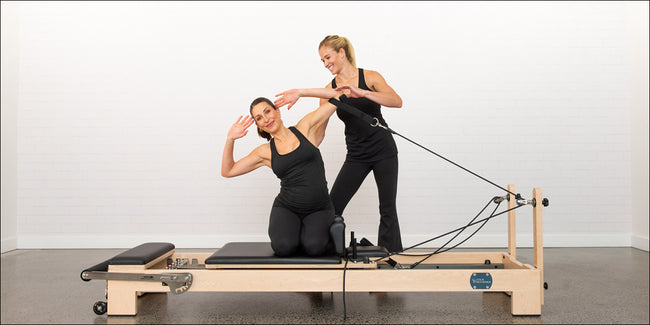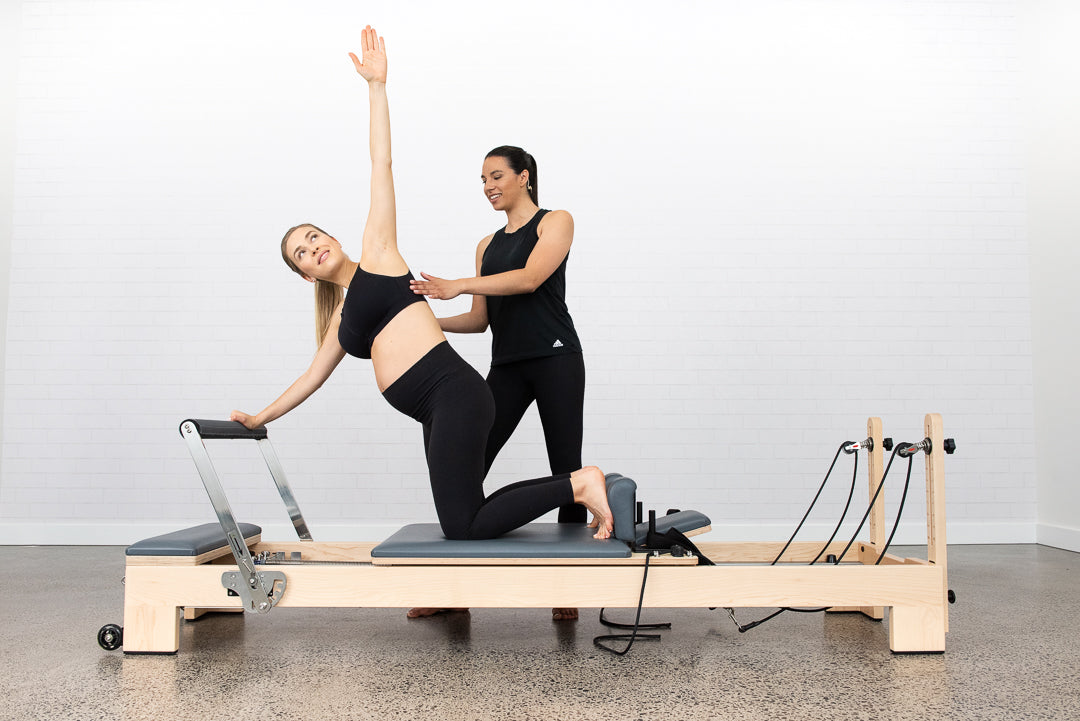Are you pregnant and noticing pain when completing simple movements? This could be whilst rolling in bed, getting in and out of the car, sitting on the couch, getting dressed, or towards the end of a big day on your feet. It’s likely you may be experiencing Pregnancy-related Pelvic Girdle Pain (PPGP). PPGP is the umbrella term that refers to pain in the hips, pelvis, pubic symphysis, and sacroiliac joint.
These pains are common in pregnancy. In fact, 1 in 4 women report pelvic pain, and up to 70% of women will experience PPGP at some point during pregnancy. Fortunately, PPGP can be treated, lessening and sometimes removing pain.
What is causing my pain?
Research indicates that PPGP is not related to the structural mechanics of the area in which pain is being experienced– but more to do with pain science and the mind/body connection. Understanding the common causes of PPGP is the first step towards effectively managing it and reducing pain.
A few known factors that contribute to PPGP include:
- Increased sensitivity of the pelvic area during and immediately after pregnancy.
- Either too much or too little activity whilst pregnant.
- History of past injuries (even injuries not associated with the pelvis), which can sometimes be linked to PPGP.
Another consideration is the importance of mental health. Feelings of depression, anxiousness, or fear of birth can all manifest in a physical way. These mental stressors cause the body to stiffen or tense - often without our knowledge - leaving certain muscle areas in constant tension, leading to fatigue and greater risk of pain.
What can I do to help ease the pain?
Pilates is a great low-impact exercise to help you focus on strengthening your hips, pelvic floor, and abdominals… all of which are responsible for supporting you, your pelvis, and your baby. The Your Reformer OnDemand App has a selection of pregnancy-friendly flows to assist with this and guide you through a safe workout.
References:
Beales et al (2020). Understanding & managing pelvic girdle pain from a person-centred biopsychosocial perspective. Musc Sci & Prac. 102152
Clinton, Susan & Newell, Alaina & Downey, Patricia & Coleman-Ferreira, Kimberly. (2017). Pelvic Girdle Pain in the Antepartum Population: Physical Therapy Clinical Practice Guidelines Linked to the International Classification of Functioning, Disability, and Health From the Section on Women's Health and the Orthopaedic Section of the American Physical Therapy Association. Journal of Womenʼs Health Physical Therapy. 41. 102-125. 10.1097/JWH.0000000000000081.~ how we move and hold ourselves impacts the whole body, including the pelvic girdle. So, sit up straight and walk tall, friends!

















